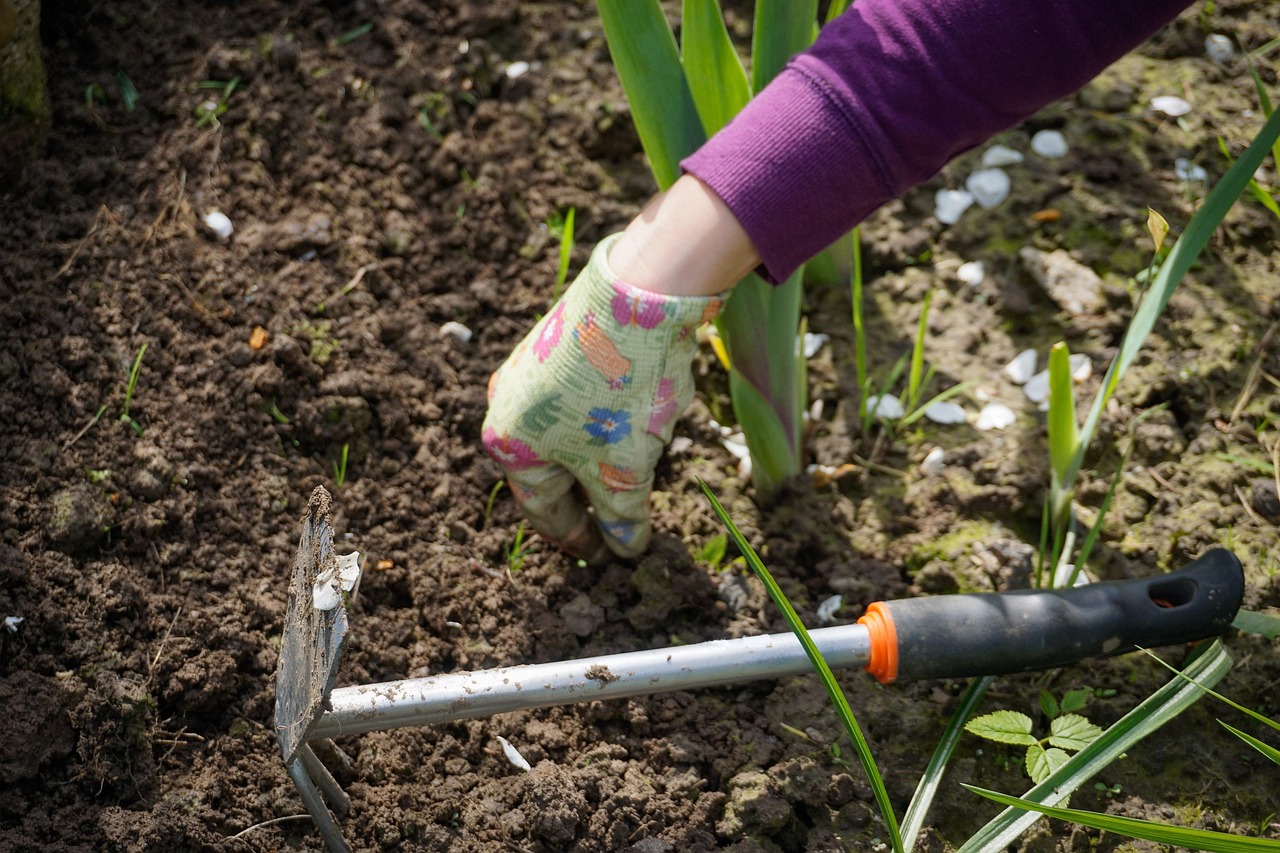Picture this: It’s early spring. The trees are still bare, the grass hasn’t greened yet—and there it is. A burst of tulips, daffodils, and crocuses pushing through the cold soil like little fireworks. It’s not magic. It’s timing.
If you’ve ever wondered how gardeners manage to create those vibrant, early-blooming spring landscapes, the answer lies in one simple fall habit: bulb planting.
This guide will walk you through the exact schedule to follow in fall to ensure your spring garden doesn’t just bloom—it stuns.

Why Plant Bulbs in Fall?
Because Nature Doesn’t Wait for You to Be Ready
Most spring-flowering bulbs need a cold period to bloom properly. That’s why fall is the sweet spot. As the soil cools and the days shorten, bulbs begin a quiet transformation underground—developing roots, storing energy, and preparing for their big spring reveal.
Miss that window, and you miss the show.
The Fall Bulb Planting Schedule for Stunning Spring Blooms
Timing matters. Let’s break the planting window down by month, so you know what to plant and when.
September: Start with the Early Birds
Soil Check and Bulb Prep
Before you dig a single hole:
- Test your soil: Bulbs love well-drained, loose soil.
- Clear the beds of weeds or summer leftovers.
- Buy bulbs early—quality matters, and the best ones go fast!
Best Bulbs to Plant in Early Fall
- Daffodils: These golden classics prefer an early start.
- Crocuses: One of the first flowers to bloom—plant them now.
- Snowdrops (Galanthus): Fragile-looking, but tough—perfect for early planting.
Tips for Success
- Plant 2-3 times deeper than the bulb’s height.
- Space them properly—crowding leads to rot.
- Add bone meal or bulb fertilizer to give them a nutritional head start.
October: Prime Time for Tulips and Company
This Is the Month Most Bulbs Thrive
By October, the soil has cooled just enough to prevent rot, but it’s still warm enough for roots to establish.
Top Bulbs to Plant in Mid-Fall
- Tulips: The star of any spring garden.
- Hyacinths: Fragrant and full of color.
- Alliums: Globe-shaped drama for late spring.
Layer Your Bulbs for Maximum Impact
Try the “lasagna planting” technique:
- Bottom Layer: Tulips (deepest)
- Middle Layer: Hyacinths
- Top Layer: Crocuses or dwarf irises
One pot. Three bloom times. Endless beauty.
November: The Final Call
Running Late? Don’t Panic. Just Plant Smart
If you’re still planting in November, you’re not too late—just choose bulbs that don’t mind a late start.
Cold-Tolerant Bulbs for Late Fall Planting
- Fritillaria: Exotic looks with a hardy nature.
- Dutch Iris: Underestimated but worth it.
- Late tulip varieties: Triumph or Darwin hybrids are your friends.
What to Watch Out For
- Frozen soil? Wait for a thaw. Don’t force it.
- Muddy beds? Skip soggy areas—bulbs rot fast in waterlogged soil.
- Rodents nearby? Add a little chicken wire over your bulbs to keep squirrels from snacking.
Location, Depth & Design: It’s Not Just About When, But How
How Deep Should You Plant Your Bulbs?
A quick rule of thumb:
- Large bulbs (like tulips, daffodils): 6–8 inches deep.
- Small bulbs (like crocus or snowdrops): 3–4 inches deep.
Don’t forget:
- Pointy end up.
- Flat/root end down.
- Water immediately after planting.
Where Should You Plant Them?
Bulbs love:
- Full sun (at least 6 hours/day—even if trees are bare now, consider summer shade).
- Well-draining soil (add compost or sand if your soil’s heavy).
- Sheltered spots (especially for taller blooms like alliums).
Design Tip: Plant in clusters or drifts instead of straight lines. Nature doesn’t do grids—why should your garden?
Bonus: A Quick Bulb Bloom Calendar for Spring
Want to stagger your blooms for months of beauty? Here’s a cheat sheet:
| Bloom Time | Bulbs to Plant |
|---|---|
| Early Spring (Feb–Mar) | Snowdrops, Crocus, Dwarf Iris |
| Mid Spring (Apr) | Daffodils, Hyacinths, Muscari |
| Late Spring (May) | Tulips, Alliums, Fritillaria |
Mix and match for continuous color!
What Happens After You Plant?
Winter: The Quiet Growth
Though you won’t see much action, magic is happening underground:
- Roots are growing.
- Bulbs are establishing themselves.
- Energy is being stored for the big show.
Don’t water regularly—just once after planting. Nature will handle the rest.
Common Bulb Planting Mistakes (and How to Avoid Them)
1. Planting Too Early
- Warm soil + early planting = rot.
- Wait until soil hits 50°F (10°C).
2. Planting Too Shallow
- Shallow bulbs = winter damage or wind uprooting.
- Stick to the depth rule.
3. Overwatering
- Bulbs aren’t thirsty in winter.
- Too much water = rot.
4. Ignoring Critters
- Squirrels love tulips.
- Use deterrents like crushed shells, garlic spray, or wire mesh.
